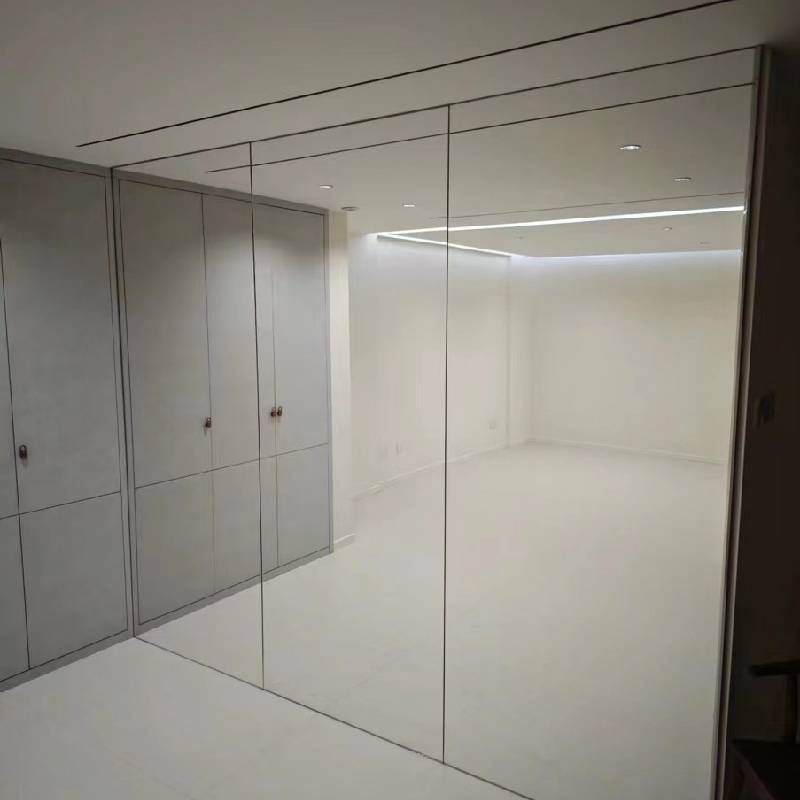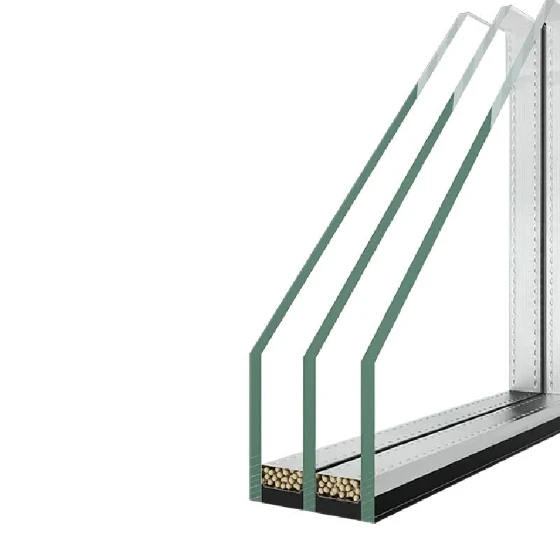The realm of energy-efficient windows has been significantly enhanced by the innovation of Low Emissivity (Low-E) glass, a transformative product offering multifaceted benefits. Understanding the different types of Low-E glass helps consumers and industry professionals alike choose the right product tailored to specific needs, maximizing both efficiency and comfort. Low-E glass is distinguished primarily by its ability to reduce energy consumption by reflecting heat, while allowing natural light to enter a space.

There are several types of Low-E glass, each with distinct properties and applications that cater to varying climate conditions and design requirements. These include Hard-Coat Low-E Glass, Soft-Coat Low-E Glass, Passive Low-E Glass, and Solar Control Low-E Glass.
Hard-Coat Low-E Glass is manufactured by the application of a thin metallic coating directly onto the hot glass surface during production. The fusion of the metallic layer to the glass makes it durable and scratch-resistant, suitable for single-pane applications typically utilized in high-traffic areas requiring robustness over aesthetics. Its strength, however, comes with higher emissivity and slightly lower energy efficiency compared to other Low-E types.

Conversely, Soft-Coat Low-E Glass is made by applying metallic coatings in a vacuum chamber where layers of silver or other materials enhance thermal performance. Known also as sputter-coat glass, this type is highly effective in reducing heat transfer and is primarily used in double or triple glazing systems, enhancing insulation significantly. The delicate coating of soft-coat glass necessitates protection between two panes, making it ideal for more energy-demanding applications but sensitive to potential damage during handling and installation.
Passive Low-E Glass is designed to maximize heat gain from the sun, making it suitable for colder climates.
Its coatings are optimized to reflect long-wave infrared energy while letting in short-wave solar energy. This type of Low-E glass helps to lower heating costs during winter months by utilizing free solar heat, acting as a passive solar heat gain mechanism.
different types of low e glass
For those residing in warmer climates, Solar Control Low-E Glass is preferred due to its ability to reflect and absorb solar energy. This glass type minimizes interior heat gain, reducing reliance on air conditioning systems. It is particularly effective in large window applications and buildings with extensive sun exposure, contributing to a significant reduction in energy consumption during hot weather.
Understanding these types of Low-E glass is critical not only for making informed purchasing decisions but also for leveraging the full spectrum of benefits they offer. Selecting the right type of Low-E glass involves assessing geographic location, solar exposure, climate conditions, and specific building requirements. This strategic approach ensures that the selected glass type maximizes energy savings, enhances comfort, and maintains the desired aesthetic qualities.
Industry experts increasingly advocate for the integration of Low-E glass in modern architecture due to its proven impact on reducing carbon footprints and energy bills. As global trends steer towards sustainable living and energy efficiency, Low-E glass technology remains at the forefront of innovation, offering solutions that are both economically and environmentally favorable.
By comprehensively analyzing the types of Low-E glass, consumers and industry professionals can harness the technological advancements in building materials to foster sustainable environments. This fosters a proactive approach not only in enhancing living and working spaces but also in contributing to the broader goal of environmental conservation. Through continued research and development, Low-E glass continues to evolve, promising even greater efficiency and integration in the future of sustainable building practices.



